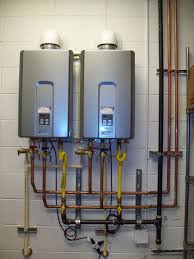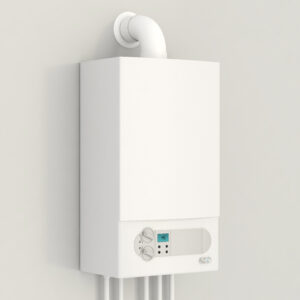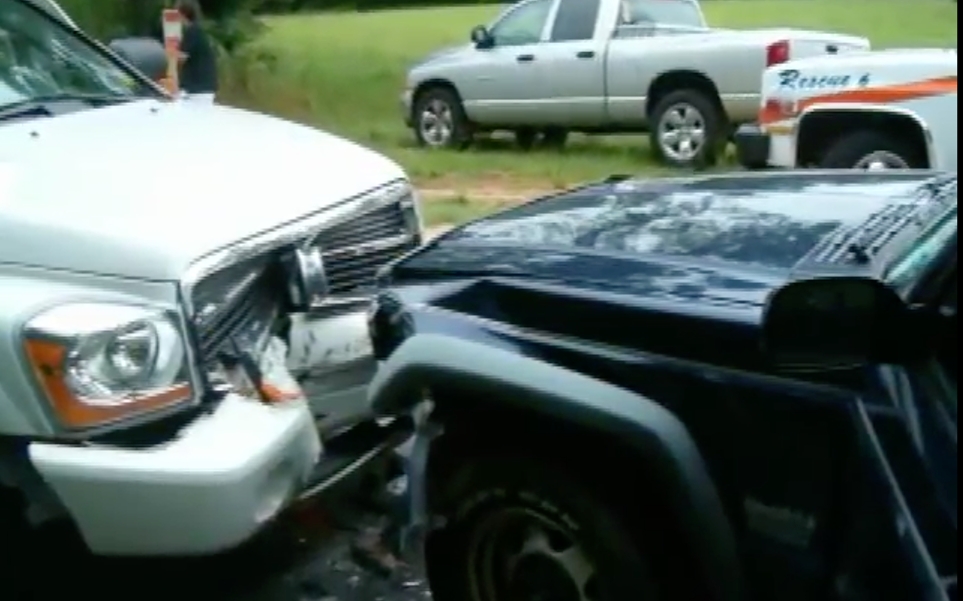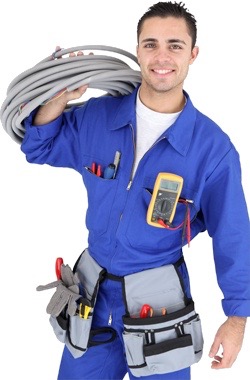Do You Have A Tankless Water Heater
Do You Have A Tankless Water Heater
Do you own a tankless water heater at home? If so, you need to know some things about how to take good care of your tankless water heater in order for it to perform well and make it last longer.
Below are some common problems with tankless water heaters and tips on how to troubleshoot them:
Tankless Water Heater Problem #1: No ignition (The burner does not ignite when hot water tap is open)
Make sure that the fuses in the control are okay.
In order to prevent problems with the water heater, make sure that the unit is properly grounded.
Proper gas pressure that comes to your tankless water heater must be provided.
Make sure that the gas valve really opens.
Check if the flow sensor works fine.
An inlet filter might be clogged and dirty. Simply clean it.
Check for the right cold and hot water installation. Ensure that the lines are not installed in reverse order.
Tankless Water Heater Problem #2: Flame Failure
Check if proper venting is installed.
The length of the vent must be within limits as specified by the manufacturer.
Make sure that the proper voltage is within normal limits.
Tankless Water Heater Problem #3: Temperature Fluctuates
Make sure that there are no restrictions in the flow such as faucet aerators and clogged showerheads.
Clean the filter if it is filthy.
Make sure that the water pressure does not fluctuate.
Check for plumbing crossover.
Tankless Water Heater Problem #4: Overheating and Thermal Fuse Failure
Tankless water heaters utilize temperature sensors in order to protect the heater from overheating as well as exceeding the maximum acceptable temperature on the heat exchanger.
The sensor is dirty. Clean it.
There is a low flow inside the heat exchanger.
There is a presence of foreign materials inside the vent and the combustion chamber. Clean it.
The heat exchanger might be clogged. Unclog it.
The airflow around the heater and the vent terminal is blocked. Find out the cause of the blockage and get rid of it.
Tankless Water Heater Problem #5: Water is Too Hot
The selected temperature on your tankless water heater might be too high. Simply select the lower temperature setting.
The inlet filter could be dirty – just clean it.
Ensure that there are no water path obstructions, including showerheads or faucet aerators.
Temperature sensors might be loose – ensure that the sensors are firmly mounted and are really making contact.
Tankless Water Heater Problem #6: Water Is Not Hot Enough
The selected temperature on your tankless water heater might be too low. Simply select the higher temperature setting.
If the running water is cold, just increase the flow so the minimum required pressure is met. Do keep in mind that you will not immediately feel the hot water as it takes some time for hot water to reach the tap. Remember that the longer the distance between the tankless water heater unit and your fixture, the longer it gets for the hot water to reach there.
Make sure that the temperature sensors are firmly mounted on the pipes and are making contact.
Other Tankless Water Heater Problems You Might Encounter
If you experience low water pressure or flow, then it may indicate that you could possibly have too many hot water applications that are running simultaneously. Greater draw will normally result in an increased drop in pressure. Another cause for the low flow may be that there is a dirty cold water inlet screen present.
In case your water heater freezes during the cold winter days, the heat exchanger could possibly burst. This is the reason why gas and electricity needs to be supplied so that the freeze protection can activate. Another solution for this is to install the auto drain down the solenoid valves.
How to Prevent Tankless Water Heater Problems
Regular and yearly inspection, as well as periodic maintenance, is necessary in order to keep your tankless water heater unit running and performing well. The water heating system and unit parts must be inspected at least once per year in order to minimize the chances of tankless water heater problems.
Do inspect the venting system.
Do clean the burner, circulating air passageways, and the control compartments.
Do keep the fan and motor free from dirt and dust.
Do a visual inspection of the flame to make sure that it burns with a blue, clean, and stable flame and see if it burns evenly on the whole surface of the burner.
Flush the heat exchanger using a descaling solution in case the mineral buildup is evident.
Do keep the area around the vent exhaust-free from ice and snow.
Take note that there are some prolonged activities that are done by certain heater elements such as when the fan continues to run even after you turn off the hot water tap. This is actually a normal phenomenon and it only lasts for a short period of time to make sure that every residual product of combustion is thoroughly vented out.
Another frequent problem or complaint which is absolutely normal in tankless water heater operation is the white smoke that comes out of the exhaust. This is typically normal during the cold season, when the exhaust fume temperature is very much hotter than the air outside since the fume consists of lots of condenses and water vapor.
It is actually good to know as well that sometimes safety features would be triggered, and these are not caused by the tankless water heater problems as mentioned above. There are times that the tankless water heater unit will possibly stop operating under situations such as:
Flame failure – the water heater will shut down in case the flame is out.
Overheating – the water heater unit will automatically shut down if the appliance exceeds a predetermined temperature level.
Blown fuse – the fuse will tend to blow if their overcurrent takes place.
Power failure – in case the appliance loses power, the safety feature built-in it will instantly cut the gas off.
Fusible link – the fusible link will tend to break if extreme temperature levels occur.
This blog was posted by San Antonio’s Plumber


